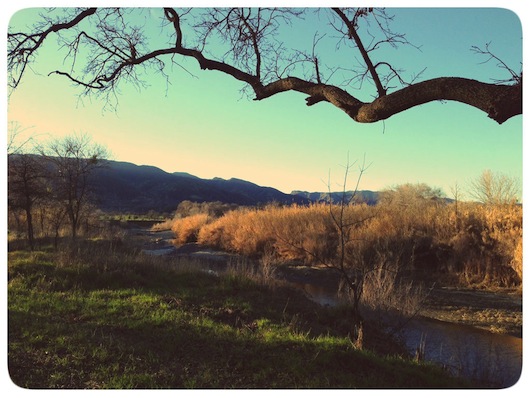Farming is a fickle livelihood. I mostly point that out because I think that I like the words fickle and farming going together. Most farms across the country mix faith, hope and determination to develop their income stream—looking to minimize fickle. Most farmers plant in the spring when the weather is ‘just-so-right’ (“I thought that you Mr. soil would like to meet this rather cute-ish seed!”) hoping that soil and seed will hit it off in a warm enough environment to encourage a long term relationship. The stewarded relationship allows seed to sprout and send its radical down as a food-seeking anchor while the monocotyledon or dicotyledon (seed leaf) pushes skyward. This miracle of seed and soil and the matchmaking of the farmer can hit more than a few bumps. Too cold, too hot, not moist enough, wrong seed, wrong depth, too much rain or too little rain can make the introduction go sideways and strain the new relationship.
Full Belly Farmers manage many of these introductions over the span of a year. We have had insights into the nature of many plants, understanding them better after a few years of learning their idiosyncrasies — their love or dislike of cold and when they like to enter into a relationship with a sweet, redolent and warm soil. Plant oats and grains in the fall, Potatoes on Valentines day, Tomatoes into the greenhouse because they like to be a bit more mature when they enter into an eight-month relationship, Melons when the cold has passed, and sweet corn by variety into warm soil (but no corn too late or the worms get more than their share.)
We are planting and transplanting many of our winter and spring crops this week: Lettuce, beets, broccoli and peas. Sometimes good plans go awry, and make fickle the flip side of certainty. This brings us to a discreet discussion of Sweet Potatoes.
Over the past bunch of years we have had a less than perfect relationship with these venerable tubers of the Convolvulaceae family. Finding the timing, variety, fertility, field, growing practices, water amount, slips to plant, cultivation, harvest and storage of the sweet deep orange tuber should have been a no brainer. I mean Sweet potatoes are one of the staples worldwide for a healthy diet. They are high in vitamins B6, A, and C; high in potassium, magnesium and calcium; low in sodium and saturated fat. You can eat the nutritious leaves or store the roots for months. Sweet Potatoes are a dependable food for billions worldwide. We have grown them now for a couple of years… yet, we do a fickle job of growing them here.
Sweet potatoes like to be grown in sandy soil or they become misshapen and ‘unique’. They like lots of water, lots of heat, and good drainage in order to form great slender roots. They are delicious once harvested. Unfortunately they are also delicious to a number of soil critters — wire worms, a few fungi, and gophers. We have about run our course with the crop. For the most part we have not been able to grow wireworm-free sweet potatoes. Most of them have the evidence of someone having visited the root before we got there. When we send them along to you they don’t look so very pretty… We apologize for that.
We have a four season strategy on the farm to have crops to sell and to be able to pay the bills based upon a year round cash flow. The strategy also addresses year-round employment for our workers. It was evident from the get-go that we needed crops to put into storage in order to have crops to sell in December, January, February and sometimes March. Walnuts, almonds, winter squash, root crops, potatoes, apples, dried fruit and oranges were part of a long list that allowed us to have both sales and paychecks even in the coldest of winters. We believed that sweet potatoes might be another of these safety net crops that diversified our offerings. I still think that we can figure them out… but they may have gotten the ax based upon the quality we see going into the CSA boxes.
We may have tried to store them too long and that didn’t improve their looks any. We may not have the exact storage conditions that they need: high humidity and relatively warm. We may have left them in the ground too long before harvest hoping they would size up… But all of that aside, we have not been able to find the soil that is wireworm free so that the tuber is without the black wireworm spots. Let us know if we should walk away from this fickle affair with a sweet traditional staple, or if you think there might be the faintest glimmer of hope for reconciliation.
— Paul Muller

Cache Creek fills us with wonder this time of year. Home to so many creatures, it is also the most colorful place on the farm. We are so thankful to be caretakers of this beautiful piece of landscape!
